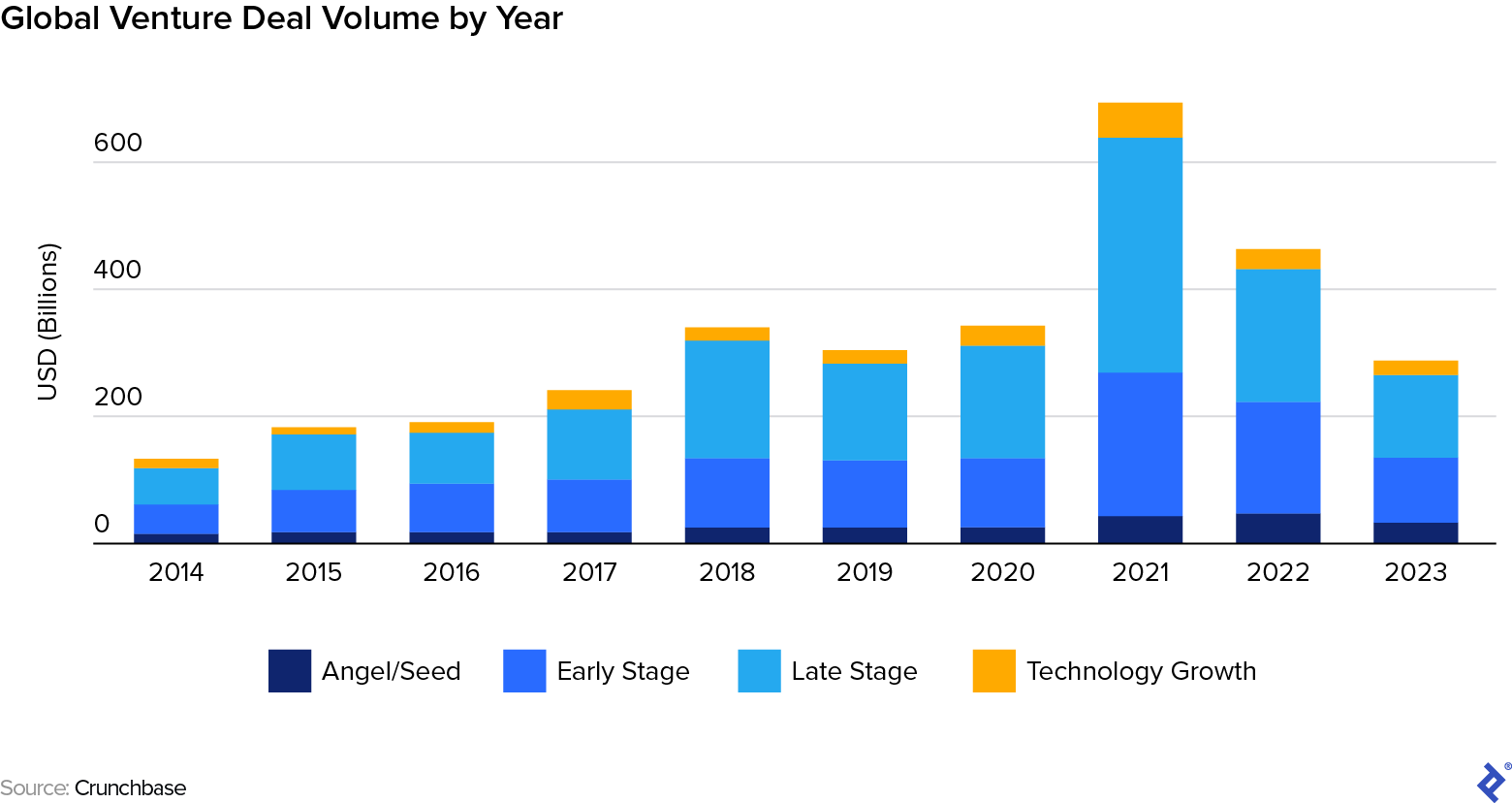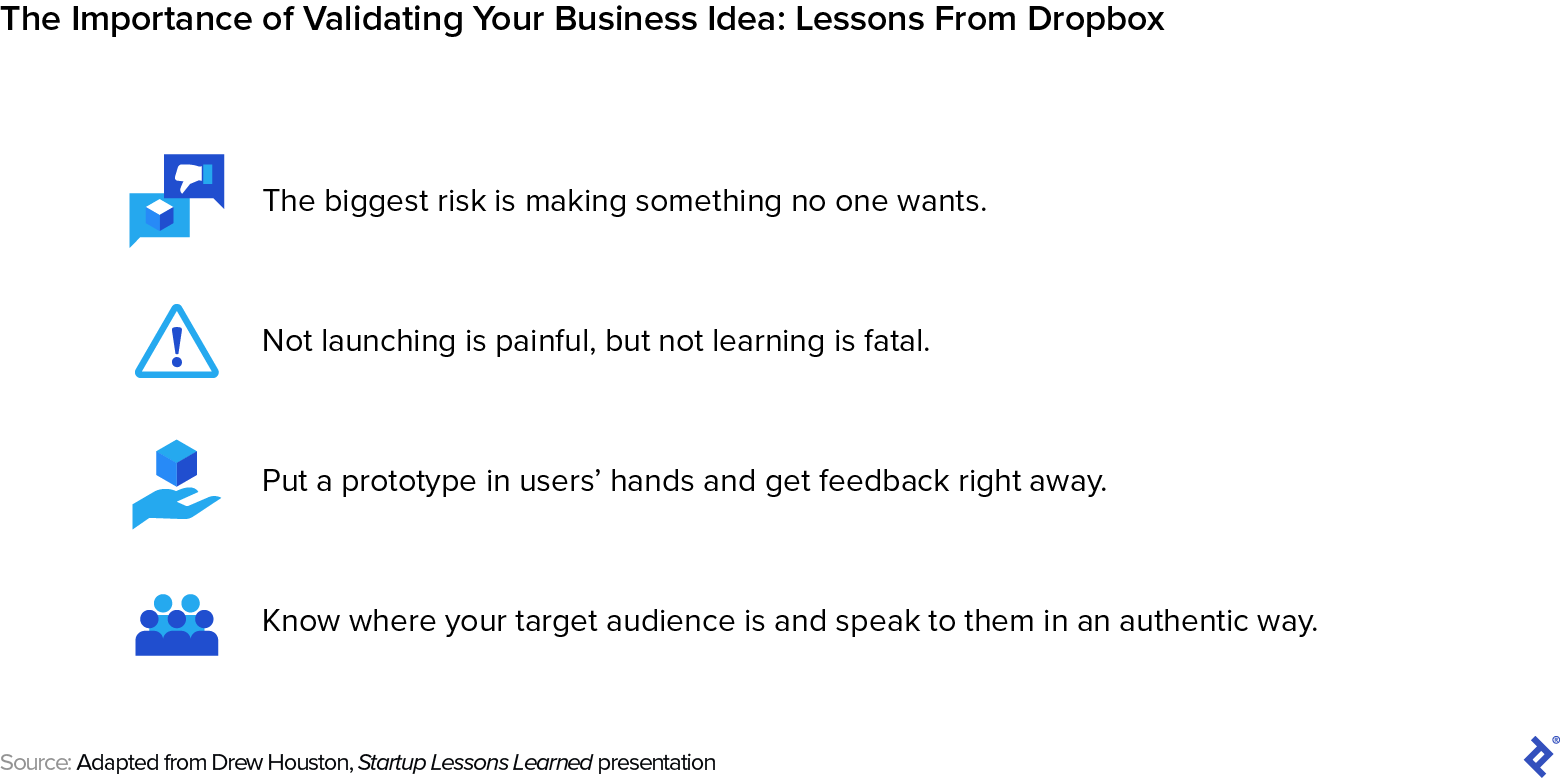1. Introduction
The concept of bootstrapping is a low-cost, creative way to get your company off the ground. It’s a collection of methods used to minimize the amount of outside debt and equity financing, such as energy and time conservation, human productivity improvement, and reuse of any existing resources. This method is growing in popularity and is particularly relevant for technology companies due to the uncertainty of this industry and the potential continuous need for more capital. Bootstrapping contrasts the VC method in that it strives to gain a competitive advantage over rivals by not acquiring the same resources but finding a different or innovative way to accomplish the same thing or by acquiring the same resource at lower costs. An example of this is a software company using contract programmers rather than hiring them full time.
This essay critically discusses the relevance of bootstrapping – a process of starting and then growing a company through internal funding – in the context of the resource-based view of the firm. The resource-based theory proposes that if a firm is to sustain a competitive advantage and earn above-average returns, then it must accumulate and exploit scarce and valuable resources. According to this view, when a new firm is founded, it has no resources and the founder’s primary objective is to try and create a sustainable competitive advantage by acquiring resources. The theory suggests that the most sizable a firm’s competitive advantage, the more likely it will enjoy above-average returns. This, in turn, implies that the quest for VC for financial resources poses a threat to the new firm rather than being a source of competitive advantage for it. Although this literature provides a sound skepticism of the use of VC as a means to gain a competitive advantage, it does not take into consideration the margins at which resources can be acquired through different means, nor does it give insight into what the new firm should do if it cannot create a competitive advantage over its rivals for the same resources.

By choosing to go it alone, founders are immediately thrust into a realm of disciplined financial management—after all, it’s their own money on the line. This solo journey compels entrepreneurs to meticulously control costs and prioritize sustainable, organic growth, often foregoing rapid expansion opportunities that VC-backed startups might readily pursue.
However, while bootstrapping demands heightened financial discipline, it also grants founders unparalleled freedom. Without external investors to appease, these entrepreneurs can first ensure that their product or service genuinely addresses a pressing problem for a significant customer base willing to pay for the solution. No one can afford to replicate the missteps of companies like Juicero, whose demise stemmed partly from customers realizing they didn’t need a $400 Wi-Fi-enabled device to squeeze juice packets that could be just as easily handled manually.
Rather than chasing growth at any cost, new entrepreneurs should embrace the principle of validated learning to refine their core offering and achieve product-market fit.
You don’t need an elaborate go-to-market strategy to achieve this. You don’t need VC funding. You simply need to start. In this article, I’ll guide you through the process.
Define Your Core Offering Every new business begins with a leap of faith—a calculated assumption that the product or service fills a genuine market need. However, the next step is crucial: substantiating that belief with data to ensure your core offering gains traction and boasts favorable unit economics before proceeding further.
I once collaborated with an entrepreneur aiming to assist development teams within large marketing agencies in creating visually consistent and coherent multipage websites—a problem he frequently encountered as a freelancer.
Upon our initial meeting, he was fixated on devising a detailed five-year plan without clarifying precisely what he intended to sell or to whom. He debated between a project-based business model, a subscription-based service for a specialized WordPress plugin catered to agencies, or a blend of both. Furthermore, he had not identified his target customer within the agency or crafted an appealing offer.
Clearly, my client (and any entrepreneur in this stage) was not ready for extensive long-term planning. Instead, I introduced him to Alex Hormozi’s $100 Million Offer framework to define his core offering precisely. This method, among many others, focuses on maximizing the perceived value of your core offering to clients by pinpointing their ideal outcome, guaranteeing its likelihood, and minimizing the necessary time and effort. I favor this approach for its simplicity—it places customer needs at the forefront, making it easier to differentiate your product or service.

Using this framework, I collaborated with my client to list:
- The problems he wanted to solve.
- All the obstacles the customer might face along the way.
- How those obstacles could become solutions.
- How he could provide those solutions.
We then eliminated any offerings that would be too difficult or expensive to fulfill or too difficult to sell.
Test, Learn, Refine
I often advise entrepreneurs to start by developing a minimum viable product (MVP), a concept well-known in tech circles. An MVP is a cost-effective, simplified version of your product that remains appealing and functional, aimed at testing the viability of your idea. Even if you have a clear vision of your final product, this isn’t the stage to fully develop it because you might discover that your customers prefer something quite different.
Focus on the core solution your product or service offers and create an offering quickly and affordably. According to AppSumo founder Noah Kagan, you shouldn’t spend money to validate an idea, and coding skills aren’t mandatory. Instead, explore no-code or low-code solutions. For instance, if your product is a short-term apartment exchange service, consider creating a Facebook group or community platform like Skool, or even use a shared spreadsheet promoted through social media. You can manually match potential users and facilitate connections.
Dropbox famously validated its core idea with a simple three-minute demonstration video shared on Y Combinator’s Hacker News, where it garnered immediate, valuable feedback. A year later, they announced the beta on Digg, resulting in a significant increase in their waiting list almost overnight. This approach demonstrates the power of testing and validating ideas efficiently before investing heavily in development.

By validating your idea simply and listening to customer feedback, you’ll clarify precisely the problem your product or service aims to solve and uncover potential pain points or unmet needs. It might also reveal that your idea needs improvement—but with enough data, you’ll know how to enhance the next version. Only after reaching the limit of manual or minimal automation efforts should you proceed to develop a more comprehensive offering.
Understanding Your Customers Market research helps define your audience, but true insights come from selling to them. Australian entrepreneur Gretta van Riel suggests experimenting on a small scale, using around 30 social media influencers who represent your target customer personas, to identify where conversion success lies. You might find that a new e-commerce product aimed at Gen Z teenagers resonates more with Gen X moms.
Sometimes, distinctions are subtle. I once advised a new online trading platform already earning seven figures monthly but unsure of its success factors. By conducting a test-and-learn conversion campaign, we discovered the customer persona with the highest spending and customer lifetime value, informing targeted marketing strategies. Our research confirmed assumptions about customer demographics and behavior, enabling us to refine marketing efforts and triple revenue from ad spend while reducing customer acquisition costs by 70%.
Continual Iteration Many new entrepreneurs suffer from analysis paralysis, overburdened with research and planning. In reality, starting a business can often happen in a weekend. Begin by developing your idea’s essence and finding the simplest way to validate it—perhaps by consulting friends or network contacts. They might even become your first customers.
After refining your core offering and testing it with potential customers, expect surprises and view them as learning opportunities. Identify successful customer segments or popular features, then refine accordingly. Repeat this iterative process until you’ve defined your core product and audience. Only then should you consider what comes next in your business journey.
